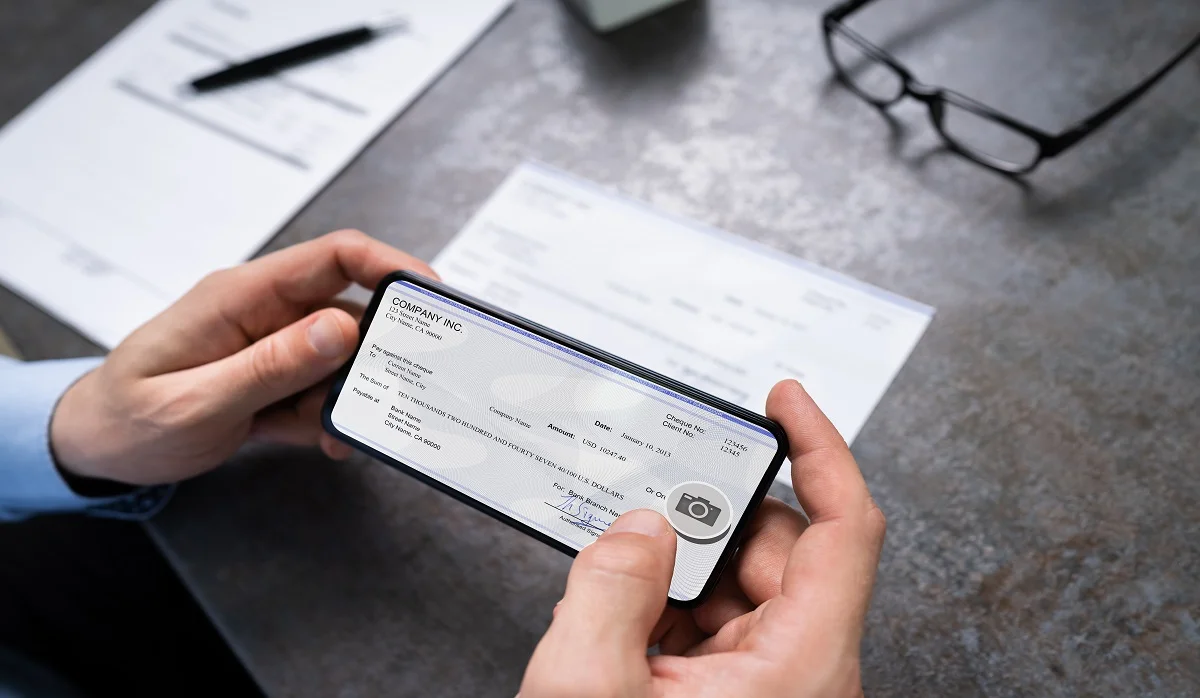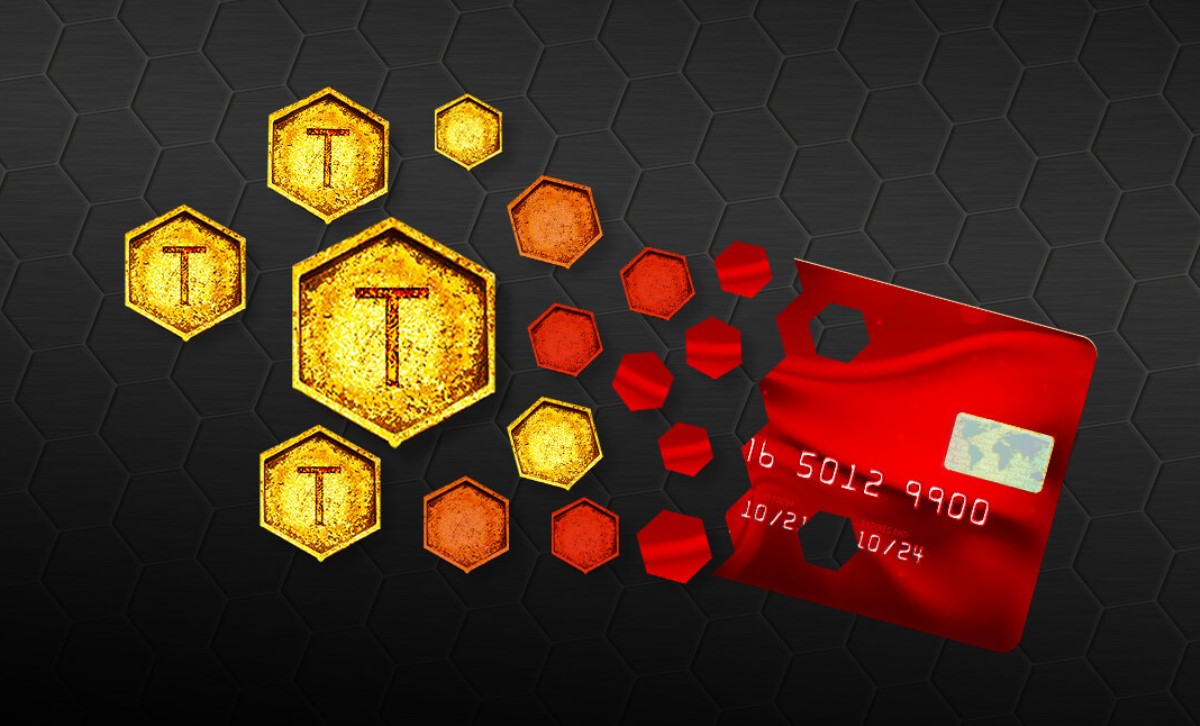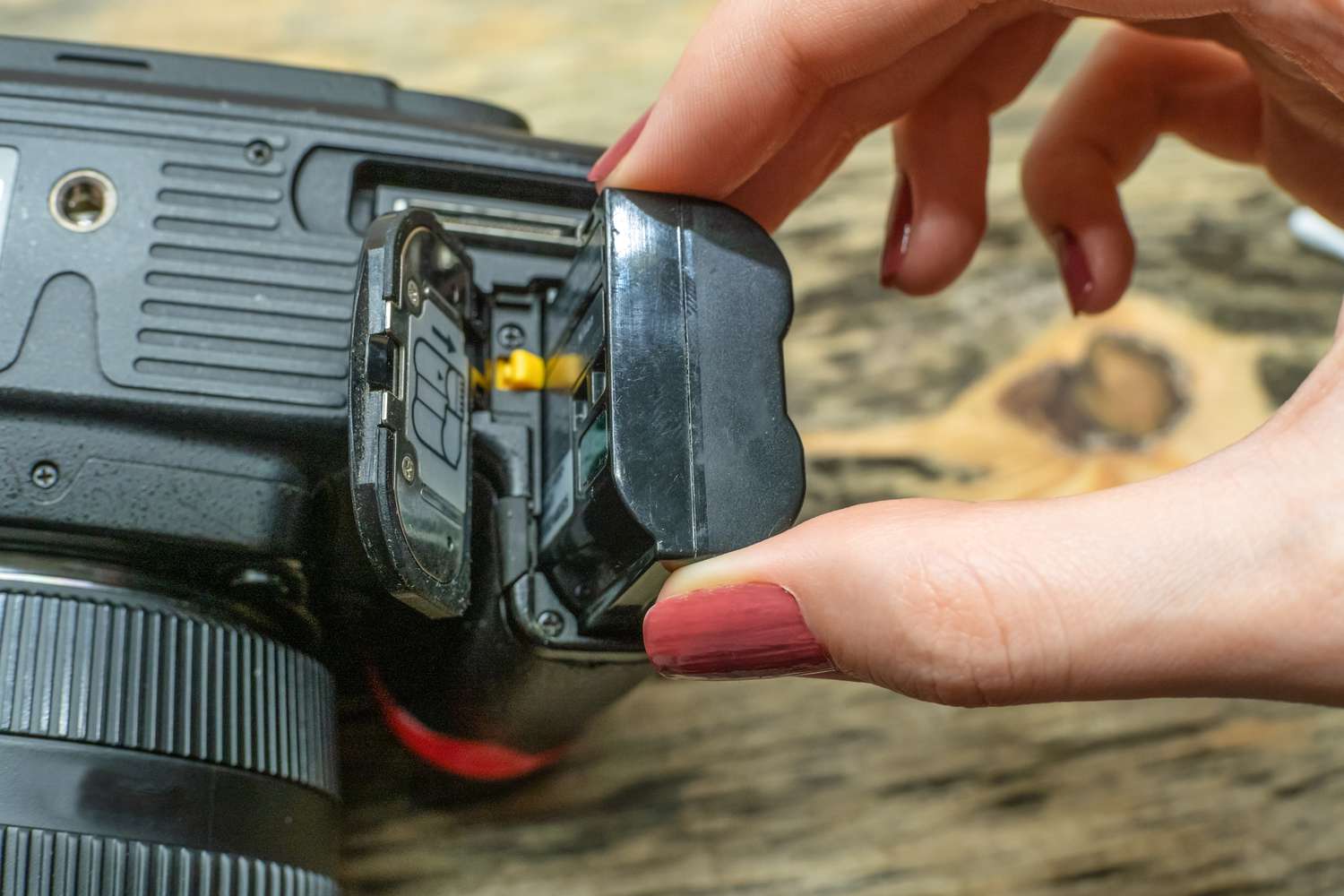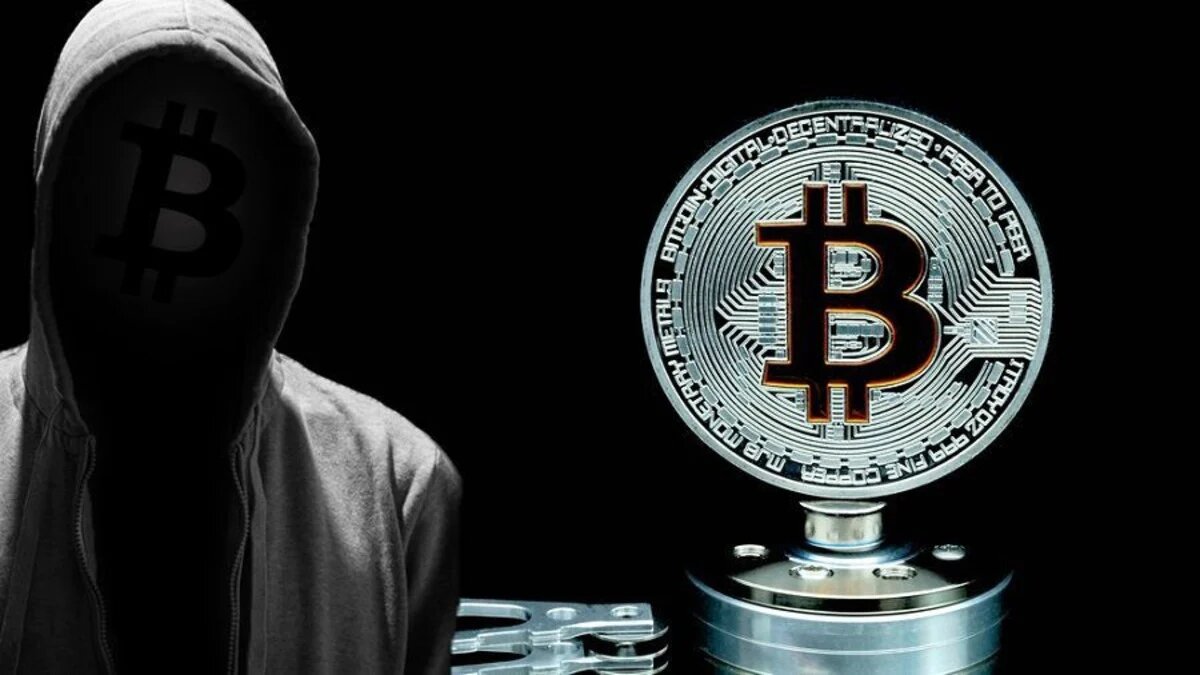Introduction
A substitute check is a paper reproduction of an original check that is created through an electronic image capture process. In the world of banking, substitute checks serve as an alternative to physical checks and play a crucial role in digital banking transactions.
With the advancement of technology, traditional paper-based checks are being replaced by more efficient electronic systems. However, despite this shift, substitute checks continue to be an essential part of the banking industry, ensuring the smooth flow of transactions.
So, what exactly is a substitute check and how does it function? In this article, we will delve into the concept of substitute checks, their creation process, and their significance in the banking world.
Throughout the article, we will also discuss the legal framework surrounding substitute checks, the benefits they offer, and the limitations they possess. Additionally, we will touch upon the impact of the Check 21 Act on substitute checks, as well as provide tips on how to recognize and handle them effectively.
By the end of this article, you will have a comprehensive understanding of substitute checks and their role in modern banking. So, let’s dive in and explore this important aspect of the financial industry.
What Is a Substitute Check?
A substitute check, also known as an image replacement document (IRD), is a paper reproduction of an original check. It contains an image of the front and back of the original check and includes all relevant information such as the payee, payer, amount, and endorsement.
Substitute checks are typically created in the process of check truncation, where physical paper checks are converted into electronic form for more efficient processing. They are most commonly used in situations where the original paper check is not available or when a recipient requires a physical document for recordkeeping purposes.
Unlike traditional paper checks, substitute checks do not require physical transportation or handling. Instead, they are transmitted electronically, allowing for faster and more secure transactions. The electronic images of the checks are used to create the substitute checks, which are then printed on special paper to ensure their authenticity.
It is important to note that substitute checks are considered the legal equivalent of the original checks. This means that they carry the same rights, obligations, and legal status as the original paper checks they represent.
Substitute checks serve as a bridge between traditional paper checks and digital payment systems, offering the advantages of both worlds. They provide the convenience and familiarity of physical checks while utilizing electronic processes to expedite transactions.
Now that we have a basic understanding of what substitute checks are, let’s explore how they are created and why they are used in the banking industry.
How Are Substitute Checks Created?
The creation process of substitute checks involves a combination of digital technology and specialized printing techniques. Here is a step-by-step guide on how substitute checks are created:
- Check Image Capture: The process begins with capturing digital images of the front and back of the original paper check. This can be done using high-resolution scanners or mobile check deposit apps.
- Image Transmission: The captured check images are transmitted securely to the banking system or a financial institution for further processing.
- MICR Line Encoding: The Magnetic Ink Character Recognition (MICR) line, which contains important banking and account information, is added to the digital check image. The MICR line typically includes the bank’s routing number, account number, and check number.
- Image Authentication: The digital check image is validated and authenticated to ensure its accuracy and integrity.
- Substitute Check Printing: Once the check image has been authenticated, it is printed onto special paper using high-quality printers. The printing process includes replicating the front and back of the original check, along with the necessary MICR encoding.
- Paper Security Features: To prevent fraud and counterfeiting, substitute checks are printed on security paper that contains various anti-tampering features. These features can include watermarks, security threads, microprinting, and fluorescent inks.
- Delivery or Transmission: The completed substitute checks can be either delivered physically to the recipient by mail or transmitted electronically to the relevant parties involved in the transaction.
It is worth noting that the creation of substitute checks follows strict industry standards and guidelines, ensuring that the reproduced checks are accurate representations of the original paper checks. This includes adherence to the legal requirements outlined by regulatory bodies such as the Federal Reserve Board and the Uniform Commercial Code.
Now that we have explored the creation process of substitute checks, let’s delve into the reasons why they are widely used in the banking industry.
Why Are Substitute Checks Used?
Substitute checks are used for a variety of reasons in the banking industry. Here are some of the main reasons why substitute checks are widely used:
1. Accessibility: Substitute checks provide accessibility to individuals who prefer or require physical copies of their checks for recordkeeping purposes. They offer a tangible representation of the transaction and allow for easier tracking and reconciliation of financial transactions.
2. Legal Requirements: In certain situations, the law may require the use of physical checks. For example, some government agencies, businesses, or individuals may request a physical check for authentication or compliance with specific regulations.
3. Check Recovery: Substitute checks serve as a backup solution when the original paper check is lost, misplaced, damaged, or destroyed. They provide a means to recover the transactional information and enable the payment to be processed without delay.
4. Check Verification: Some businesses or individuals may prefer substitute checks as a way to visually verify the authenticity of a transaction. The physical presence of the check provides an added layer of assurance and minimizes the risk of fraud or misrepresentation.
5. Check Cashing: Substitute checks can be cashed or deposited at banks and financial institutions, just like traditional paper checks. This allows beneficiaries to access their funds quickly without relying solely on electronic payment methods.
6. Paper-Based Systems: While digital payment methods are increasingly popular, some individuals and businesses still rely on paper-based systems for financial management. Substitute checks offer a seamless transition between traditional paper checks and digital transactions.
It’s important to note that substitute checks are a complementary alternative to electronic-based systems like Automated Clearing House (ACH) payments and electronic fund transfers. They provide a bridge between the old and new methods of payment processing, allowing for smooth and convenient transactions.
Now that we understand the reasons behind the use of substitute checks, let’s examine the legal framework that governs their usage.
The Legal Framework for Substitute Checks
The use of substitute checks is regulated by a legal framework established to ensure the integrity and validity of these electronic reproductions. Here are the key components of the legal framework governing substitute checks:
1. Check 21 Act: The Check Clearing for the 21st Century Act, commonly known as the Check 21 Act, was enacted in 2004. This federal law provides the legal foundation for the creation and use of substitute checks in the United States. It enables financial institutions to create substitute checks and allows them to be used as legal equivalents of the original checks.
2. Uniform Commercial Code (UCC): The UCC is a set of laws that govern various commercial transactions, including checks. It has been adopted by all 50 states in the U.S. and provides guidelines for the rights and obligations of parties involved in check transactions, including substitute checks.
3. Federal Reserve Board Regulations: The Federal Reserve Board (FRB) has issued regulations pertaining to substitute checks, including requirements for their creation, processing, and handling. These regulations ensure uniformity and consistency in the usage of substitute checks across financial institutions.
4. Endorsement Requirements: Just like traditional paper checks, substitute checks require proper endorsement to be valid. The UCC outlines the specific endorsement requirements for substitute checks, including the need for a legal and authorized signature.
5. Consumer Protections: The legal framework also includes provisions to protect consumers in the event of errors, unauthorized transactions, or disputes involving substitute checks. The Electronic Funds Transfer Act (EFTA) and the Regulation E provide guidelines for consumer rights and liabilities with regard to substitute checks and other electronic payment systems.
These legal provisions and regulations ensure that substitute checks can be used with confidence and provide the same level of security and protection as traditional paper checks. Financial institutions and individuals engaging in check transactions need to adhere to these legal requirements to ensure compliance and mitigate any potential risks.
Now that we have explored the legal framework surrounding substitute checks, let’s move on to discuss the benefits they offer in comparison to traditional paper checks.
Benefits of Substitute Checks
Substitute checks bring several benefits to the table, making them a valuable tool in the banking industry. Here are some of the key advantages of using substitute checks:
1. Faster Processing: Substitute checks allow for faster processing and clearing times compared to traditional paper checks. By digitizing the check image and transmitting it electronically, financial institutions can accelerate the payment process, reducing the time required for funds to become available.
2. Improved Efficiency: The electronic nature of substitute checks eliminates the need for physical transportation and manual processing. This not only saves time but also reduces the likelihood of errors associated with manual data entry and handling.
3. Enhanced Security: Substitute checks incorporate security features such as watermarks, microprinting, and fluorescent inks to prevent counterfeiting and fraud. These features make it easier for financial institutions to identify authentic checks and protect against unauthorized alterations.
4. Recordkeeping Convenience: With substitute checks, individuals and businesses have a physical copy of their transactions, making recordkeeping and auditing processes more streamlined. The tangible nature of the checks offers reassurance and allows for easy retrieval of transactional information when needed.
5. Transactional Versatility: Substitute checks can be used just like traditional paper checks, offering versatility in payment options. Individuals and businesses can deposit, cash, or exchange substitute checks at banks and financial institutions without relying solely on electronic payment methods.
6. Seamless Transition: For those accustomed to traditional paper checks, substitute checks provide a smooth transition into the realm of digital banking. They combine the familiarity of paper checks with the convenience and speed of electronic transactions.
7. Check Recovery: In instances where the original paper check is lost or damaged, substitute checks serve as a reliable backup. They enable the beneficiary to recover the transactional information and continue with the payment process without significant delays.
Overall, substitute checks offer a range of benefits that contribute to an improved banking experience for both financial institutions and individuals. Their efficiency, security features, and recordkeeping convenience make them a valuable asset in the digital age.
Now that we understand the benefits of substitute checks, it’s important to also acknowledge their limitations. Let’s explore some of the drawbacks associated with using substitute checks.
Limitations of Substitute Checks
While substitute checks offer numerous advantages, it is important to be aware of their limitations. Here are some of the key limitations associated with the use of substitute checks:
1. Physical Presence: Substitute checks still require physical handling and transportation, unlike fully electronic payment methods. This can pose challenges in terms of logistics, especially when it comes to remote or international transactions.
2. Potential Delays: Although substitute checks aim to expedite the payment process, there can still be delays compared to fully electronic transactions. The physical movement of substitute checks and the need for manual processing can introduce additional time into the payment cycle.
3. Costs: Using substitute checks may involve additional costs for printing, paper supplies, and transportation. These expenses can be a concern for businesses, particularly when compared to the lower costs associated with fully electronic payment methods.
4. Environmental Impact: The physical nature of substitute checks entails the use of paper and ink, which has environmental implications. The production and disposal of paper checks contribute to deforestation and waste, making them less eco-friendly compared to fully digital payment options.
5. Limited Future Viability: As the world continues to embrace digital payment methods, the demand for substitute checks may decline over time. This can result in reduced availability and support for these paper-based alternatives, potentially impacting those who heavily rely on them.
6. Compatibility Issues: Some financial institutions and businesses may have specific requirements or limitations on accepting substitute checks. It is important to verify the acceptance and processing procedures with the relevant parties to ensure a smooth transaction.
Despite these limitations, substitute checks still hold relevance and value in certain scenarios. Their ability to bridge the gap between physical and digital transactions, along with their legal recognition, makes them a viable option in many situations.
Now that we understand the limitations of substitute checks, let’s explore the impact of the Check 21 Act on their usage.
The Check 21 Act and Substitute Checks
The Check Clearing for the 21st Century Act, commonly known as the Check 21 Act, has had a significant impact on the usage of substitute checks. Enacted in 2004, this federal law has revolutionized the check processing system in the United States. Here’s how the Check 21 Act has influenced the incorporation of substitute checks:
1. Legal Recognition: The Check 21 Act established the legal framework for substitute checks, recognizing them as the legal equivalent of traditional paper checks. This recognition ensures that substitute checks carry the same rights, obligations, and legal status as the original checks they represent.
2. Electronification of Check Clearing: The Check 21 Act promoted the expedited movement from a largely paper-based check processing system to a more efficient electronic clearing process. It facilitated the conversion of paper checks into electronic images, allowing for faster transmission and processing.
3. Remote Deposit Capture: The Check 21 Act fostered the acceleration of remote deposit capture technology, whereby individuals and businesses can deposit substitute checks remotely using mobile apps or dedicated scanners. This convenient feature enables timely and secure check deposits without needing to visit a physical bank branch.
4. Cost and Efficiency Benefits: The implementation of substitute checks and the Check 21 Act brought about cost savings and efficiency improvements for financial institutions. By eliminating the need for physically transporting paper checks, banks can streamline their operations, reduce operational costs, and optimize the overall check processing workflow.
5. Consumer Access to Funds: The Check 21 Act enabled faster access to funds for individuals depositing checks. By allowing substitute checks to be used in place of physical checks, the time required for processing and clearance has been significantly reduced, ensuring that deposited funds become available sooner.
6. Standardized Processes: The Check 21 Act introduced standardized processes for the creation, handling, and acceptance of substitute checks. This uniformity has facilitated interoperability between financial institutions, ensuring a smoother payment flow and reducing potential errors or discrepancies.
Overall, the Check 21 Act has played a vital role in shaping the landscape of check processing in the United States. Its provisions have fostered the adoption and utilization of substitute checks, offering benefits such as improved efficiency, faster access to funds, and enhanced check deposit capabilities.
Now that we understand the impact of the Check 21 Act on substitute checks, let’s explore how to recognize and handle substitute checks effectively.
How to Recognize a Substitute Check
Recognizing a substitute check is essential, as it helps distinguish it from other types of checks and ensures proper handling. Here are some key indicators to help you recognize a substitute check:
1. Substitute Check Emblem: Look for the words “This is a legal copy of your check” or a similar phrase on the front of the check. This emblem typically indicates that the check is a substitute check.
2. MICR Encoding: Substitute checks will have a Magnetic Ink Character Recognition (MICR) line at the bottom, just like traditional paper checks. This line includes the bank’s routing number, account number, and check number and is encoded with magnetic ink.
3. Image Quality: Substitute checks are reproduced from digital check images, so the print quality is typically high. Clear, detailed images of the original check, including the payee and endorsement areas, should be present.
4. Security Features: Substitute checks are printed on special security paper, which often includes features such as watermarks, security threads, microprinting, and fluorescent inks. These features help prevent counterfeiting and authenticate the check’s legitimacy.
5. Size and Appearance: Substitute checks typically have the same size and appearance as traditional paper checks. They are rectangular in shape and usually have perforated edges, just like physical checks.
6. Check 21 Act Compliance: Ensure that the check meets the requirements outlined by the Check 21 Act. This means that the substitute check must meet the legal standards for size, layout, and clarity, as defined by the Act.
It’s important to note that if you receive a substitute check, you should handle it with the same care and security as you would with a traditional paper check. Treat it as if it were the original check itself.
Now that we know how to recognize a substitute check, let’s explore the best practices for handling substitute checks.
How to Handle Substitute Checks
Properly handling substitute checks is crucial to ensure smooth transaction processing and maintain the security of the checks. Here are some essential guidelines to follow when handling substitute checks:
1. Endorsement: Endorse the back of the substitute check as you would with a traditional paper check. Include your legal and authorized signature to endorse the check properly.
2. Secure Storage: Store substitute checks in a secure location to protect them from theft, damage, or unauthorized access. Consider using a lockbox or a secure filing system with restricted access.
3. Timely Deposits: Deposit substitute checks in a timely manner to ensure swift processing and access to the funds. Contact your financial institution to learn about any specific requirements or cut-off times for depositing substitute checks.
4. Recordkeeping: Maintain accurate records of the substitute checks you receive or issue. Keep a copy of the substitute check, along with any related documents, to facilitate future reference or dispute resolution.
5. Disposal: If you no longer need the physical copy of a substitute check, consider using a cross-cut shredder or a document destruction service to dispose of it securely. Properly destroying substitute checks helps protect sensitive information and reduces the risk of identity theft.
6. Security Precautions: Treat substitute checks with the same level of caution and care as you would with traditional paper checks. Avoid sharing check images or sensitive information with unauthorized individuals and be cautious when transmitting check images electronically.
7. Compliance and Regulations: Ensure that your handling of substitute checks complies with any applicable laws, regulations, or internal policies. Stay updated on any changes or updates regarding the acceptance, processing, or transmission of substitute checks.
By following these guidelines, you can handle substitute checks effectively, minimizing the risk of fraud, ensuring proper processing, and maintaining the security and integrity of the checks.
Now that we’ve covered how to handle substitute checks, let’s summarize the main points we’ve discussed in this article.
Conclusion
In conclusion, substitute checks serve as electronic reproductions of original paper checks, providing a bridge between traditional and digital banking. These checks are created through an electronic image capture process and carry the same legal status as their paper counterparts.
The benefits of substitute checks include faster processing, improved efficiency, enhanced security features, convenience for recordkeeping, transactional versatility, and the ability to recover lost or damaged checks. However, it’s important to be aware of their limitations, such as potential delays, costs, environmental impact, and compatibility issues.
The legal framework surrounding substitute checks, including the Check 21 Act, ensures their validity and compliance with regulatory requirements. Recognizing substitute checks involves looking for specific emblems, MICR encoding, clear image quality, security features, and adherence to legal standards.
When handling substitute checks, it’s crucial to endorse them properly, store them securely, deposit them in a timely manner, maintain accurate records, and adhere to security precautions. Compliance with laws, regulations, and internal policies is also essential.
While substitute checks continue to play a significant role in certain banking transactions, digital payment methods are increasingly prevalent. As technology evolves, it’s important to stay informed of changing trends and adapt to new payment options and technologies.
In summary, substitute checks offer a valuable alternative for those who prefer physical copies of checks, need a backup solution, or require compliance with specific regulations. By understanding the process, benefits, limitations, and proper handling of substitute checks, individuals and businesses can navigate the banking landscape effectively and securely.

























